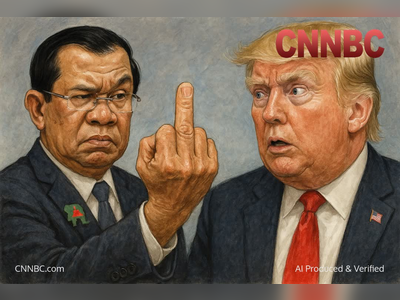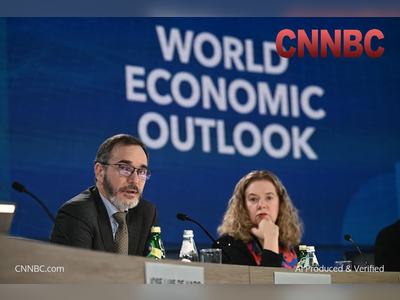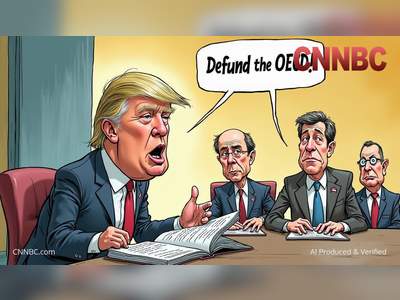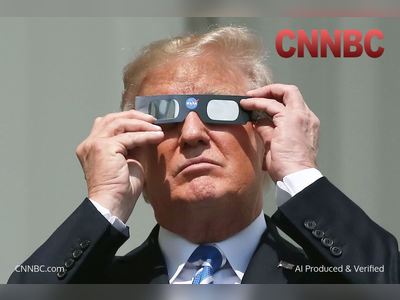
US Eases Export Restrictions on Chip Design Software to China
Notification of lifted restrictions signals progress in trade relations between the US and China.
Developers of chip design software in the United States have been notified that restrictions on exports to China have been lifted.
This development is being interpreted as a sign of improvement in trade relations between the two largest economies in the world.
The lifting of restrictions follows a period of heightened tensions and a trade dispute centered on rare earth materials, which had previously undermined a trade agreement established in May. Rare earth elements are crucial for the production of various high-tech goods, including electronics, renewable energy technologies, and defense systems.
The dispute had raised concerns about supply chain stability for technology companies reliant on these materials.
Industry representatives noted that the removal of export limitations would allow for greater collaboration and innovation in the semiconductor sector, which has been significantly impacted by geopolitical tensions.
Major US companies that develop chip design software are poised to benefit from increased access to the Chinese market, which is home to a vast array of technology firms.
This development occurs against the backdrop of ongoing discussions between US and Chinese officials aimed at addressing other outstanding trade issues.
The bilateral relationship has seen fluctuations due to tariffs, supply chain disruptions, and security concerns regarding technology transfer and intellectual property rights.
The recent move to ease restrictions is viewed as a step toward stabilizing this relationship and may lead to further dialogues about trade policies and economic cooperation.
As the global semiconductor industry faces challenges, including shortages and competition from other nations, this change in export policy may have broader implications not only for the US and China but also for the global technology landscape.
Experts in international trade continue to monitor the situation for its potential influence on market dynamics, technology innovation, and economic relations between the two nations.
This development is being interpreted as a sign of improvement in trade relations between the two largest economies in the world.
The lifting of restrictions follows a period of heightened tensions and a trade dispute centered on rare earth materials, which had previously undermined a trade agreement established in May. Rare earth elements are crucial for the production of various high-tech goods, including electronics, renewable energy technologies, and defense systems.
The dispute had raised concerns about supply chain stability for technology companies reliant on these materials.
Industry representatives noted that the removal of export limitations would allow for greater collaboration and innovation in the semiconductor sector, which has been significantly impacted by geopolitical tensions.
Major US companies that develop chip design software are poised to benefit from increased access to the Chinese market, which is home to a vast array of technology firms.
This development occurs against the backdrop of ongoing discussions between US and Chinese officials aimed at addressing other outstanding trade issues.
The bilateral relationship has seen fluctuations due to tariffs, supply chain disruptions, and security concerns regarding technology transfer and intellectual property rights.
The recent move to ease restrictions is viewed as a step toward stabilizing this relationship and may lead to further dialogues about trade policies and economic cooperation.
As the global semiconductor industry faces challenges, including shortages and competition from other nations, this change in export policy may have broader implications not only for the US and China but also for the global technology landscape.
Experts in international trade continue to monitor the situation for its potential influence on market dynamics, technology innovation, and economic relations between the two nations.











